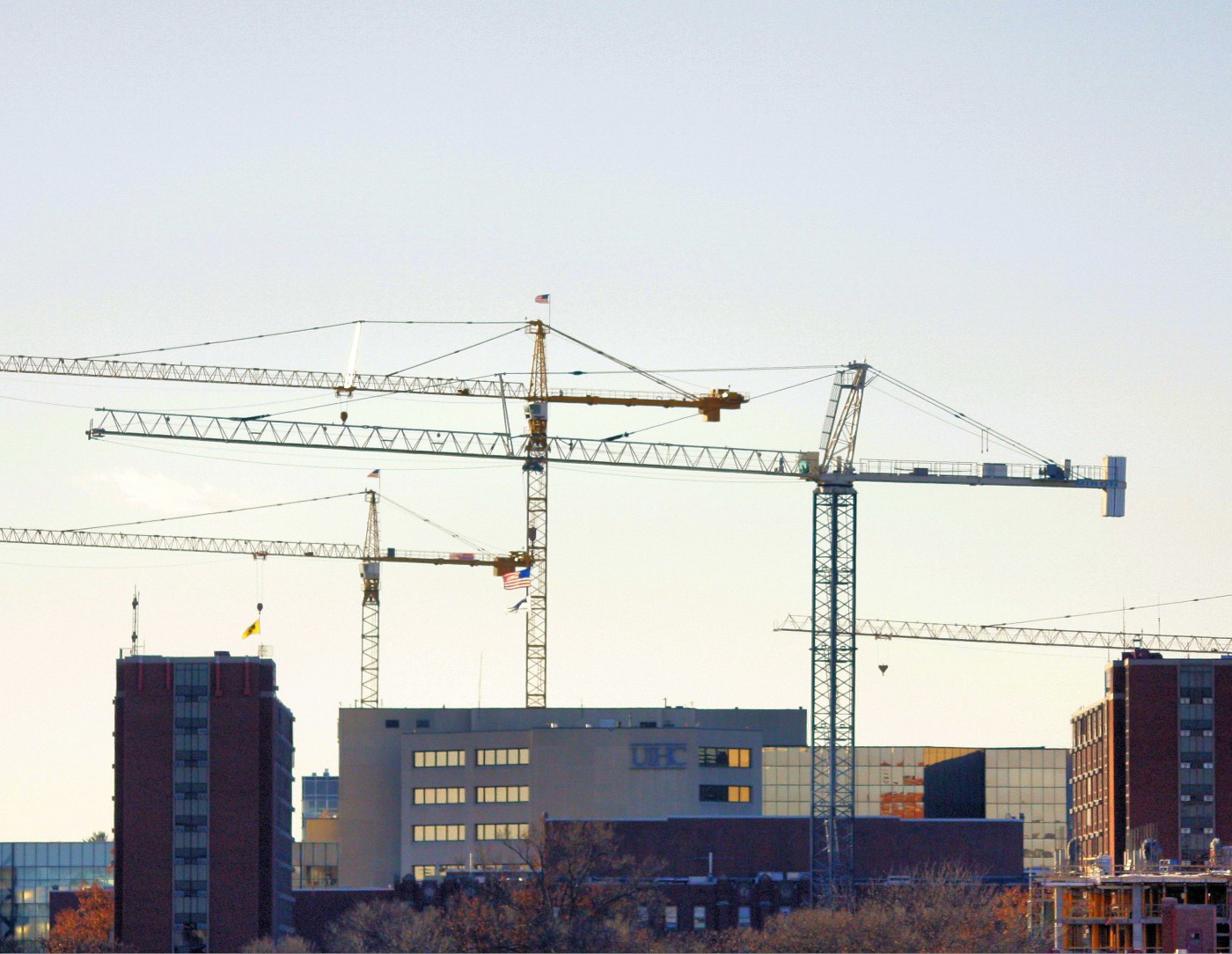Enrique Peñalosa on Urban Expansion in Bogotá
Enrique Peñalosa advocates in this piece (enlgish-language translation here) for Colombian newspaper, El Tiempo, that Bogotá should avoid containment policies. He opens by arguing that containment policies end up making cities more unequal and making housing unaffordable, clearly an undesirable outcome.
After outlining Bogotá's growth trajectory, demographics, and current inefficient land use policies, he highlights the work of the Urbanization Project's Solly Angel and recalls the historical cases of New York City and Barcelona - two places that wisely planned for their inevitable expansion, constrasting it with the containment policies pursued by the current administration of Bogotá.

